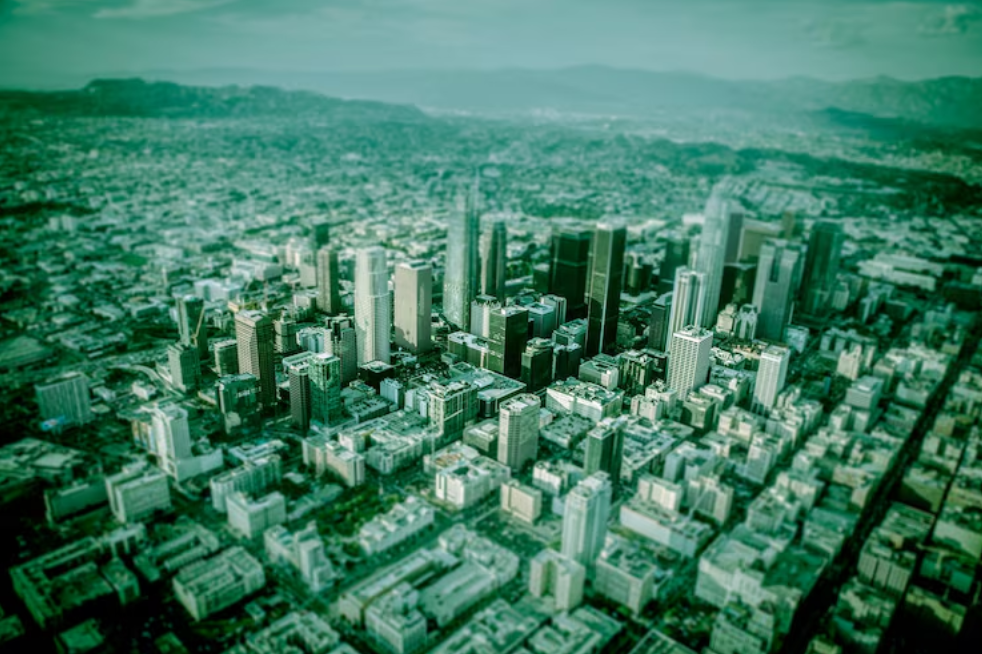The Purpose of Transportation
The intent of transportation is for a device to carry a load

The intent of transportation is to provide a method of transport to carry a load from one location to a distinct destination.
An in-depth look of society’s current transportation shows something more. The primary source of transportation for Western Society is the automobile. More than a transportation device, the automobile is a fashion status statement of prestige. It is a social component. To the manufacturers, cars are essentially a source of profit. A cars size is limited, its speed is restricted.
From one perspective, it can be said that the source of transportation for automobile centric land-use is roads. Nearly all Western Society urban growth is based upon the automobile. An area’s economy is influenced or dependent upon the automobile. Roads are a citizen’s burden from government taxation. Automobile and plane manufacturers are not required to pay any infrastructure expense. Conversely, train operators have to pay for all their vehicle expenses and for all infrastructure costs. They are also held as a liability of the train company.
There are six modes of transportation: walking, animals, balloons, trains, cars, and planes. Humans and animals are slow and require maintenance. Balloons are slow and cumbersome. Trains were a wonderful technology for society when they were built 200 years ago. Cars are totally unsustainable. Planes are designed for long distance travel.
Is it the purpose of transportation to be sustainable? NYC has a population of 9million people. Imagine NYC using only horses for transportation. The entire city would smell like an unkept stall. Walking into an office building or a store from the street would create havoc. Flies would dominate the entire city. Is it then a good thing for cars to continue forever in their nature of unsustainability?
CATTCC is designated to research and find sustainable alternatives for transportation. What’s sustainable for transportation? In the simplest one-word explanation: physics. Answers are found at the primary point of energy action.
Propulsion is the dominant form of modern transportation. So much so; it’s accepted that there is no other type of action available for transportation: other than propulsion motion.
In the physics perspective, let’s consider the movement of a magnet. There are two forces: positive and negative, a magnet does two things: it repels and it attracts. For an object that is subjected to an attractive force, it’s the opposite of propulsion. How is that, this action has been negated opportunities in transportation? The bold umbrella statement: “It can’t be done” is a declaration of intellectual defeatism.
Requirements for sustainable transportation
Sustainability for transportation does require efficient energy use. Many of the CATTCC website blogposts have pointed to the insight of Viktor Schauberger. His interpretation of nature is instrumental to understanding sustainable energy use. Using Viktor Schauberger’s insight, the blogposts have pointed to the necessity of using centripetal force; instead of centrifugal force found in propulsion. Centripetal force is nature’s movement. Centrifugal force is used in explosions. It is the outward pushing force. It is destructive in nature, and used for propulsion.
To look at the heart of sustainable transportation, it takes us to a deep examination of physics and into the actions of subatomic particle physics. When the paths of molecules are introduced into the paths of other molecules, they collide. Chemical explosions are this process. Propulsion transportation uses this process which involves high temperature reactions of colliding molecules. Collisions cause damage. The reaction of each contact is energy being dispersed in 360 degrees. This constant bombardment of colliding particles is the accumulation of heat. The higher number of colliding particles, the higher temperature of the reaction. Molecules containing elements with a higher atomic number have an affect to particle reaction.
In the path of particle motion, both centripetal and centrifugal motion are involved. As an example: volcanos use centrifugal force. Water flows with centripetal force but, when water falls it employs centrifugal force when it comes in contact with a surface.
The 69-yin yang symbol displays a continual motion of both centripetal and centrifugal force. This can be compared with the similarity of distance between East and West. They are immediately next to each other, constantly changing location; with perspective. They can never reach the same point at the same time, and yet maintain the furthest of distance away from each other.
This yin yang pattern replicates the path of particle motion. The aspect which gives this similarity, is its linear motion. It's the consistency of its twist that provides its inward motion along the linear path.
Space travel
Efficient energy use for space travel is essential. With current space technology employing chemical explosions, the loss of energy makes legitimate space flight with significant speed: unattainable. Efficient space travel requires nature methodology; using centripetal force.
Written in the blogpost: Patterns and Designs, are examples of alternative methodologies for space flight.
Beyond space flight are the necessities of efficient ground transportation. This also requires sustainable transportation: away from chemical explosion propulsion, and to engage nature’s centripetal force methodology.



